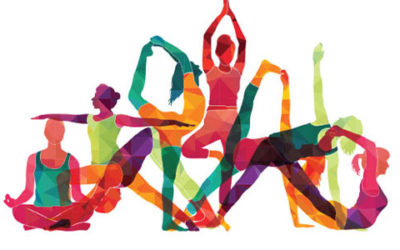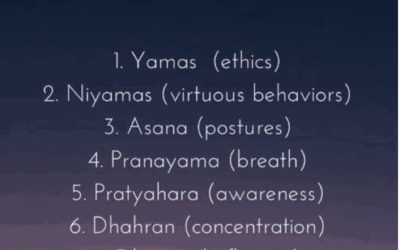Discovering Divine Threads: Yoga and Hindu Deities
Embark on a spiritual journey as we unravel the sacred connection between yoga and Hindu deities. This article compiles 29 key points, each unveiling the profound relevance of gods like Brahma, Vishnu, Shiva, and goddesses such as Lakshmi and Saraswati to the practice of yoga. Whether you’re a seasoned yogi or a newcomer, join us in exploring the deep-seated links between physical postures and metaphysical realms, immersing yourself in the wisdom of ancient traditions. Get ready to experience the harmonious dance of mind, body, and spirit at the heart of yoga’s divine tradition.
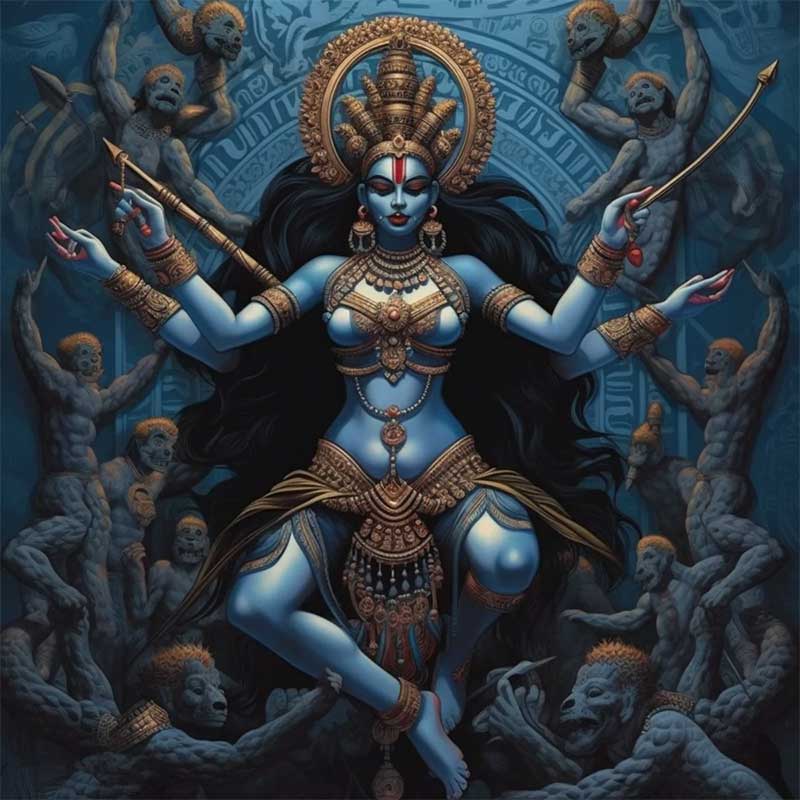
Brahma:
• The creator of the universe in the Hindu
trinity (Trimurti).
• Symbolizes creation and evolution,
representing the initial phase of the life cycle.
Vishnu:
• The preserver of the universe.
• Incarnated in various forms like Rama and
Krishna.
• Represents stability and balance.
Shiva:
• The destroyer in the Hindu trinity.
• Symbolizes dissolution to allow for
regeneration.
• Associated with meditation, tranquility, and
detachment.

Ganesh:
• The god with an elephant head, son of Shiva
and Parvati.
Represents wisdom, knowledge, and the
removal of obstacles.
• Often invoked at the beginning of new
endeavors and spiritual practices, including
yoga.
Parvati:
• Shiva’s consort, goddess of feminine power.
• Symbolizes the balance between the
feminine and masculine aspects.
Lakshmi:
• Goddess of wealth, prosperity, and fortune.
• Associated with beauty and generosity.
• Meditating on Lakshmi can enhance
gratitude and abundance.
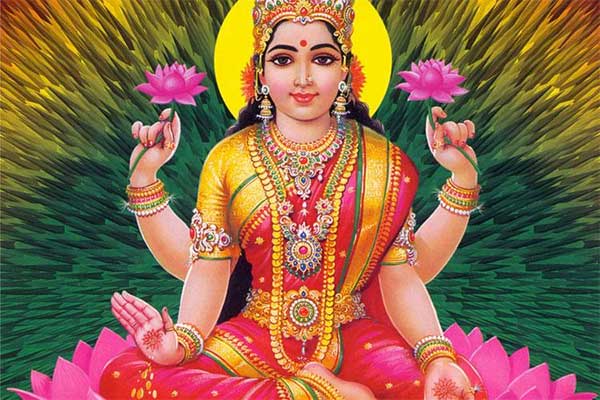
Saraswati:
• Goddess of knowledge, art, and music.
• Symbolizes creativity, wisdom, and learning.
• Meditation on Saraswati can improve
concentration and creativity in yoga practice.
Hanuman:
• The faithful devotee of Rama. known for
strength and devotion.
Represents power, loyalty, and selfless
service.
Durga:
• Goddess of strength and protection.
• Often revered for overcoming obstacles and
challenges.
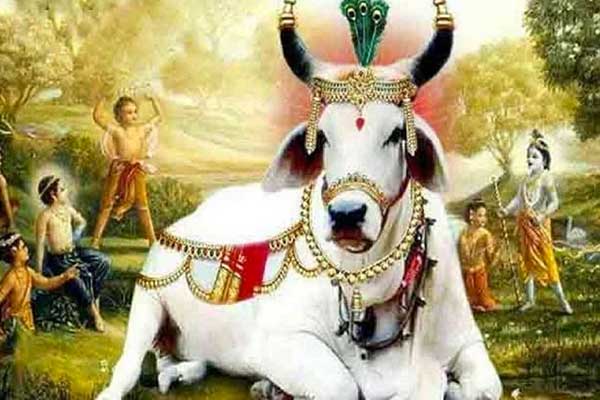
Krishna:
• Incarnation of Vishnu, the central figure in the
Bhagavad Gita.
• Teaches yogic principles such as detachment
and duty.
Radha:
• Iconic figure of divine love with Krishna.
• Symbolizes devotion and union with the
divine.
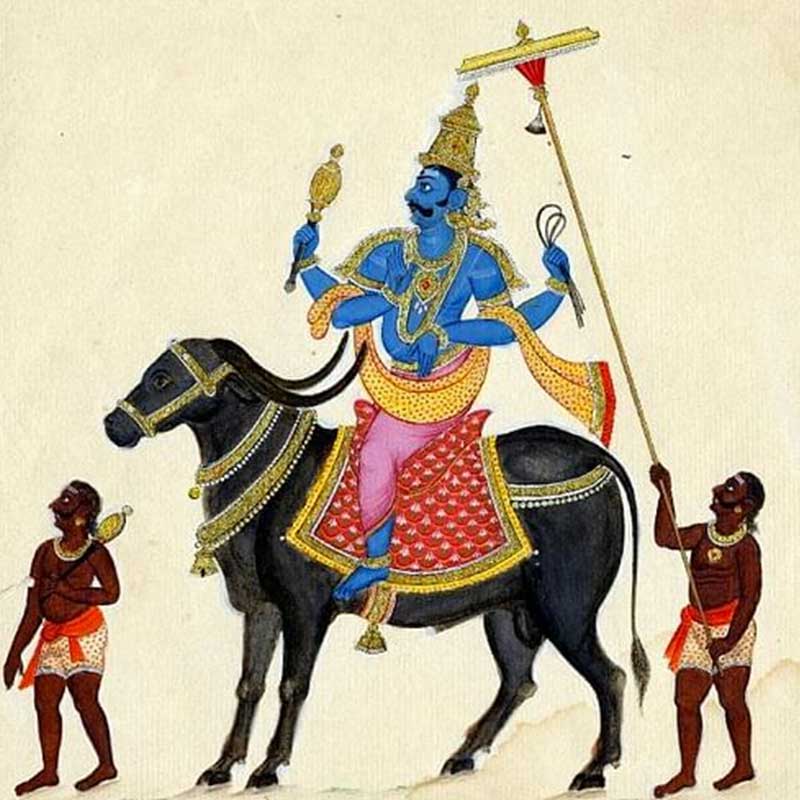
Yama:
• God of death and moral control.
• His role in yoga is often associated with
discipline and self-mastery.
Nataraja (Shiva as the cosmic dancer):
• Represents the eternal cycle of creation,
preservation, and dissolution.
• Symbolizes movement and celestial dance.
Kali:
• Goddess of the destruction of evil and
ignorance.
Often venerated for strength and the ability
to overcome inner darkness.
Agni:
• God of fire and sacrifice.
• Symbolizes purification and transformation.
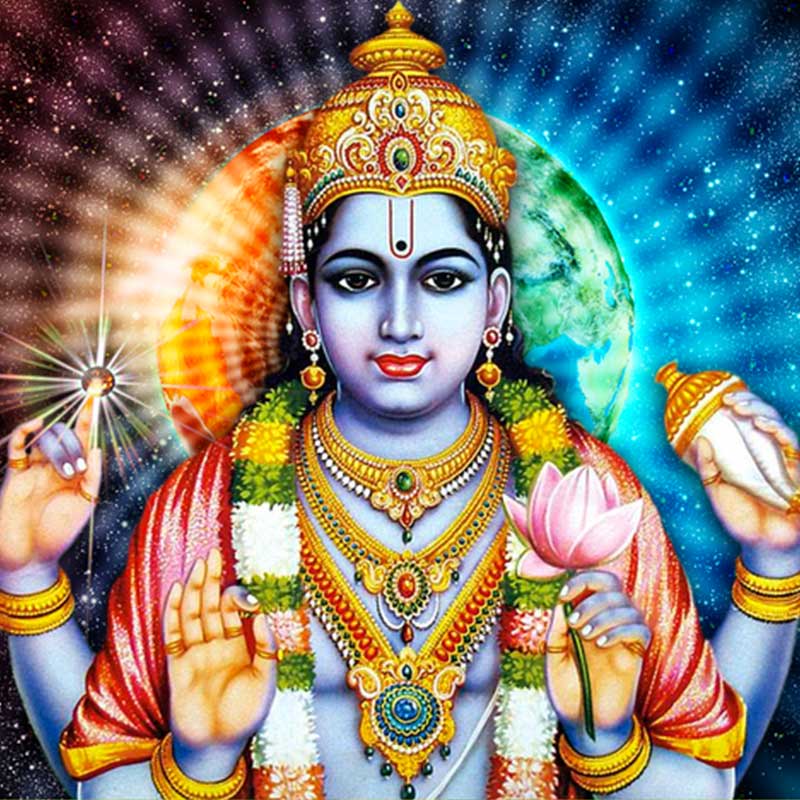
Varuna:
• God of cosmic order and justice.
• His aspect emphasizes the importance of
order in yoga practice.
Vayu:
• God of wind and breath.
• The significance of conscious breathing
(pranayama) in yoga.
Bhumi:
• Goddess of Earth.
• Reminds of the connection with nature in
yoga practice.
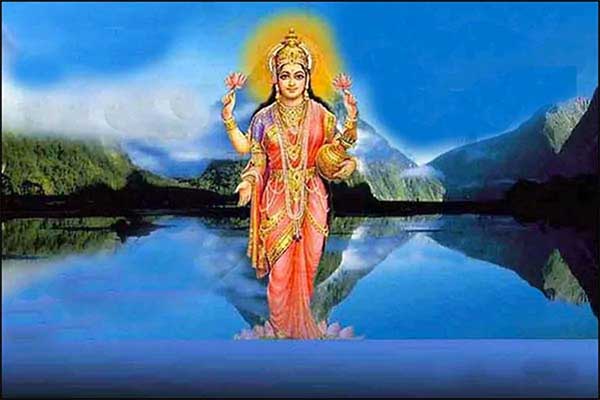
Surya:
• God of the sun.
• The Sun Salutation (Surya Namaskar) is a
yogic practice dedicated to Surva.
Chandra:
• God of the moon.
• The moon is often associated with yoga,
especially meditation.
Indra:
• King of gods, god of rain and thunder.
• Symbolizes power and inner strength.
Ganga:
• Goddess of the Ganges.
• Purification through water is a common
theme in yoga, connecting to the goddess
Ganga.
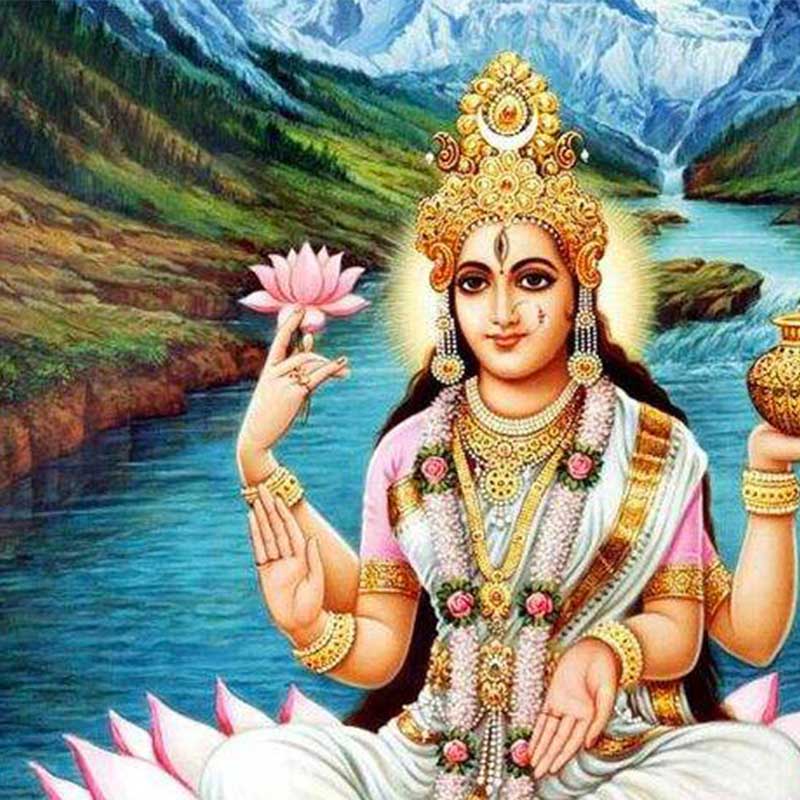
Apsaras:
• Celestial dancers.
• Symbolize beauty, elegance, and harmony-
qualities often sought in yoga practice.
Rishi:
• Sages or saints.
• Emphasizes the importance of studying
sacred texts and seeking truth
Manu:
• Mythical legislator.
• Highlights the importance of following
ethical rules (yamas and niyamas) in yoga
practice.
Guru:
• Spiritual guide.
• The relationship with a guru is often
considered crucial in the spiritual progression
of yoga.
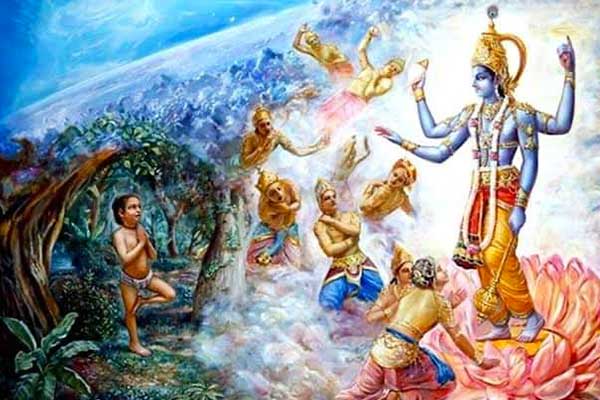
Dhruva:
• A young prince who becomes a great
devotee.
• His story inspires perseverance and
determination in yogic practice.
Nandi:
• The bull. Shiva’s vehicle.
• Symbolizes strength and loyalty, qualities
encouraged in yoga practice.
Bhakti:
• The concept of devotion.
• The importance of bhakti yoga (the path of
devotion) in overall yoga practice.
Muscular System Overview – Body Muscles
MUSCULAR SYSTEM OVERVIEW | BODY MUSCLES Muscles are part of our bodies that allow us to move. The muscles are made up of special tissues that can contract or shorten when they receive a signal from the brain. The muscles are attached to bones by stretchy tissue...
My Favorite Hip Opening Stretches Poses
It's said in yoga, that hips are the storage room for negative feelings and emotions, especially ones that are related to control. Hip opening poses don't only provide release of physical tension but could also provide an emotional or energetic release. Hip opening...
Nusa Islands & Nusa Lembongan Travel Tips
Why you should visit Bali and its amazing Nusa Lembongan IslandTips for your trip to Nusa Island, and Yoga Retreat BaliThe Nusa Islands consist of three Islands: Nusa Penida, Nusa Lembongan, and the smallest Nusa Ceningan. Most of the people will visit Nusa Penida or...
The Effects of Yogic Practices on the Skeletal System
The practice of yoga increases lubrication within the joints, ligaments and tendons. Yoga is very low impact, as the asanas work on precision and correct alignment. Because the poses are held for a set time, this gives the body an opportunity to increase blood flow...
Yoga Anatomy | Human Anatomy | Skeletal System
Yoga research about the musculoskeletal system shows that practicing yoga affects all body systems. Studying the anatomical systems as modern biology defines them-then, challenge yourself to shift to a yogic perspective, experience the body as an interconnected whole....
Yoga Sutras of Patanjali
Yoga Sutras of PatanjaliPATANJALI - A mystical Story Patanjali is the creator, the founder of the Yoga Sutras. The creation date is not clearly defined. Researchers were able to locate this character, erudite, around 200 years before JC, the period when he would have...




